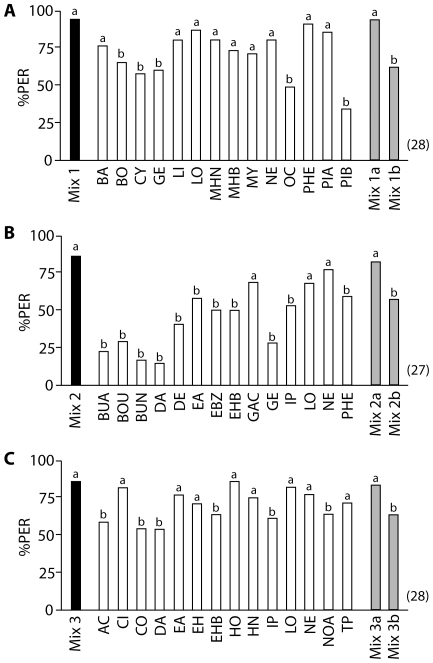Figure 2. Key Odorant Signatures for Complex Scents.
The ordinate represents the percentage of proboscis extensions (PER) to the training mixture (black bars), to the individual test odorants of which the mixture was composed (white bars), to a mixture of the key odorants (first grey bar), and to a mixture of non-key-odorants (second grey bar). The numbers in brackets indicate the numbers of bees trained and tested in each experiment. Different letters above bars (a or b) indicate significant differences between PER to the training mixture and to the individual odorants/key odorant mixture/non-key-odorant mixture (McNemar test [2×2 Table], Bonferroni corrected threshold p<0.0036). (A) Bees were trained to mixture 1, and responded well to nine key odorants; (B) bees were trained to mixture 2, and responded well to three key odorants; (C) bees were trained to mixture 3, and responded well to eight key odorants. For composition of the training mixture, key odorant mixture, and non-key-odorant mixture see Table 2. Odorants are listed alphabetically by their abbreviations; for corresponding odorant names, see Table 1.

